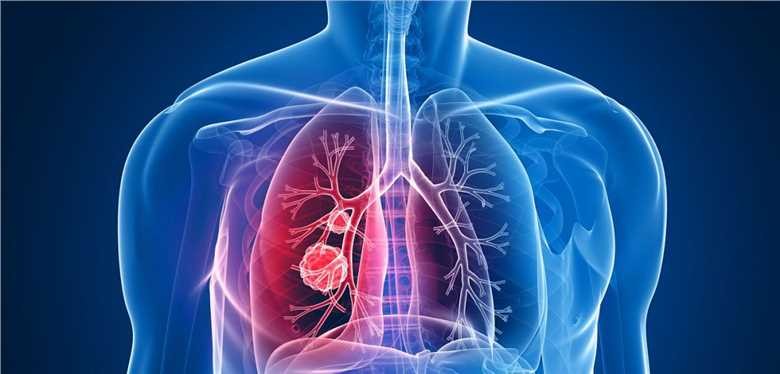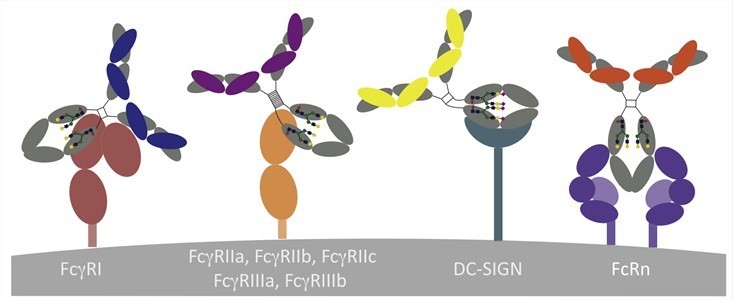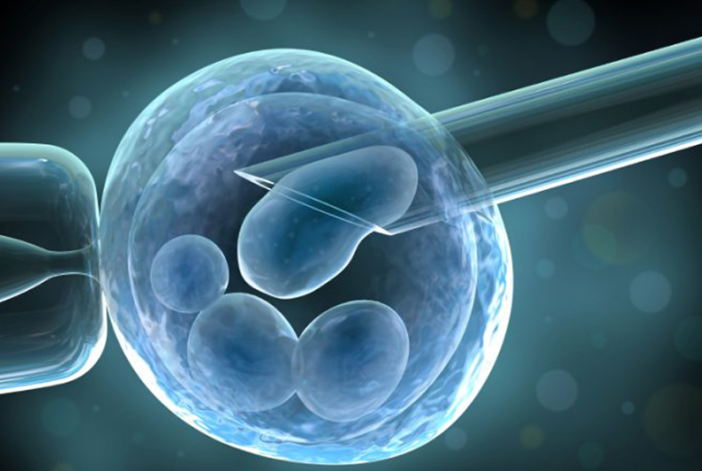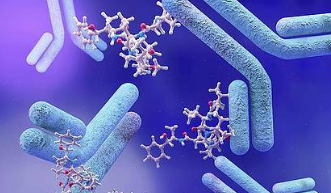With a wealth of knowledge and experience in the field of antibodies, Creative Biolabs is committed to providing a comprehensive variety of in vitro diagnostic (IVD) antibody production services that are focused on various lung cancer markers.
An unchecked tumor in one or both lung tissues is called lung cancer. Through the process of metastasis, this kind of growth can extend outside of the lung into adjacent tissue or other body sections. It is still one of the most lethal malignancies for both men and women, and a major global health concern. It is the cause of over one-sixth of cancer-related deaths.
For more: https://www.creative-biola...
ACE2 shares many similarities with the human angiotensin 1 converting enzyme and is a member of the angiotensin-converting enzyme family of dipeptidyl carboxydipeptidases. Angiotensin I is cleaved into angiotensin 1–9 and angi by this released protein.
Crucial renin-angiotensin hormone system counter-regulatory carboxypeptidase, which plays a key role in controlling blood volume, systemic vascular resistance, and ultimately cardiovascular homeostasis.
For more: https://www.antibody-creat...
Offering a comprehensive spectrum of assay development services, Creative Biolabs has years of experience in biological research and cutting edge technology. Our mission as a top service provider is to deliver the best possible client assistance, confidentiality, and service. Your research will advance with the help of our in vitro assay development service.
For more: https://www.creative-biola...
The central nervous system (CNS) is a complex network where precise cellular interactions are vital for maintaining brain health. Among its star players are astrocytes—glial cells that have emerged as pivotal regulators of CNS inflammation. Understanding these mechanisms is crucial for addressing a variety of neurological diseases, and the upcoming webinar, "Regulation of CNS Inflammation by Astrocytes," is worth attending to deepen your knowledge.
Date and Time: October 30, 2024, from 2:00 PM to 3:00 PM ET
Registration Link:
https://neuros.creative-bi...
What You Will Learn:
* Introduction to Astrocytes: Understand the basic biology of astrocytes and their essential functions in the CNS.
* Astrocyte Functions in Homeostas
A perfect vaccination ought to be molecularly defined, safe, and stable. Dendritic cell, recombinant vector, DNA, and peptide vaccines are among the innovative vaccine types now under development.
Peptide Vaccine: A peptide vaccine imparts immunity to an organism by acting as a pathogen. A peptide vaccination always contains synthetic proteins that are natural counterparts of pathogen proteins.
For more: https://www.creative-biola...
The first IgE antibody trial triggers a distinct and potent immune response, which makes it extremely important from a scientific standpoint. After this fruitful trial, researchers intend to carry out further clinical development of MOv18 IgE in order to guarantee its safety in patients. The ultimate objective is to target cancer cells with a comparable level of efficiency, providing patients with a fresh therapy option.
For more: https://non-igg-ab.creativ...
5-Methylcytosine is the methylated version of the DNA base cytosine, and it has the potential to control the transcription of genes. DNA remains sequence-unaltered when cytosine is methylated, but methylated genes can have different expression patterns; this is a topic covered by the science of epigenetics. 5.
For more: https://www.antibody-creat...
Current Good Manufacturing Practices (cGMPs) are formal regulations set forth by the Food and Drug Administration (FDA) in the United States regarding the design, monitoring, control, and maintenance of manufacturing processes and facilities. The FDA regulates compliance with cGMPs, and noncompliance with these regulations carries criminal penalties for pharmaceutical and biotechnology companies. The purpose of cGMPs is to ensure that products meet specific requirements, such as characteristics, strength, quality, and purity.
Website: https://www.creative-biola...
In the ten years since its creation, CrossMab technology has grown to become one of the most sophisticated, adaptable, and extensively applied technologies in the field of bispecific antibodies. With 16 of them still undergoing evaluation in ongoing clinical trials, at least 19 bispecific antibodies and fusion proteins based on CrossMab technology created by Roche and other businesses had entered clinical trials as of mid-2021. The most developed of them are the bispecific antibodies directed against CD20/CD3 T cells, glofitamab, which is presently in a pivotal phase 3 study, and Ang-2/VEGF, faricimab, which is presently undergoing regulatory review.
Website: https://www.creative-biola...
A type of organelle found in eukaryotic cells called the endoplasmic reticulum (ER) creates an intricate network of flattened, membrane-enclosed sacs or tube-like structures called cisternae. The outer nuclear membrane and its membranes are one and the same. All eukaryotic cell types—aside from spermatozoa and red blood cells—have endoplasmic reticulum. Rough and smooth endoplasmic reticulum are the two varieties. Protein synthesis takes place within the ribosome-studded outer face of the rough endoplasmic reticulum. Most cells include the rough endoplasmic reticulum, but hepatocytes in particular.
For more: https://www.antibody-creat...
Carcinoid tumors, also known as neuroendocrine tumors (NETs), are tumors that originate from neuronal and endocrine (hormonal) cells and are typically seen in the intestine. The pancreas, lungs, and other organs of the body also contain them. While some are violent, the majority are innocuous. NETs come in a variety of forms, but they are grouped together as a group of tissues due to shared features such the presence of certain secretory granules and the frequent synthesis of polypeptide hormones and biogenic amines. A range of IVD antibody development services for the diagnosis of neuroendocrine tumors are offered.
For more: https://www.creative-biola...
A unique suspension of HEK293 and HEK293T cell lines cultured without the use of animals has been created. To produce adenoviruses and lentiviruses, cell lines that have been quickly optimized for the scalable production of all serotypes and adeno-associated virus chimeras (AAV) can also be created.
High-density adherent cell culture bioreactors are used to increase adhesion to HEK293 and HeLa culture procedures. Viral vectors with high titers can be generated in batch mode by transfection or infection techniques. The production and upstream process are improved by the bioreactor system.
For more: https://www.creative-biola...
A family of stimulus-responsive biomaterials for regulated drug administration is called elastin-like polypeptides, or ELPs. Short repeating peptide motifs with VPGXP, where X is a guest residue that can be any amino acid other than proline, make up the structure of ELPs. ELPs, a stimulus-responsive biomaterial, aggregate form a micron-sized coacervate at a temperature over the reverse transition temperature (Tt) after being fully dissolved in an aqueous solution below Tt. This phase shift is reversible and can be finished quickly; that is, the ELP coacervate will re-dissolve when its temperature drops below Tt. More intriguingly, the Tt of ELPs can be modified by varying the ELPs' length and guest residues.
For more: https://half-life-extensio...
Single Cell Image Cytometry on a Microchip-Based Single Cell Platform. It is a system that combines the benefits of microfluidics with image analysis. The ability to precisely regulate and operate sub-microliter volumetric fluids makes microfluidic equipment unique.
Microchip with a single cell barcode (https://singlecell.creativ... High homogeneity and density spatially immobilized primary antibody barcodes were used for protein analysis.
Western Blotting on a Single Cell. Based on standard western blotting and immunoassays, single-cell western blotting is a miniature analytical method for single-cell intracellular proteins.









